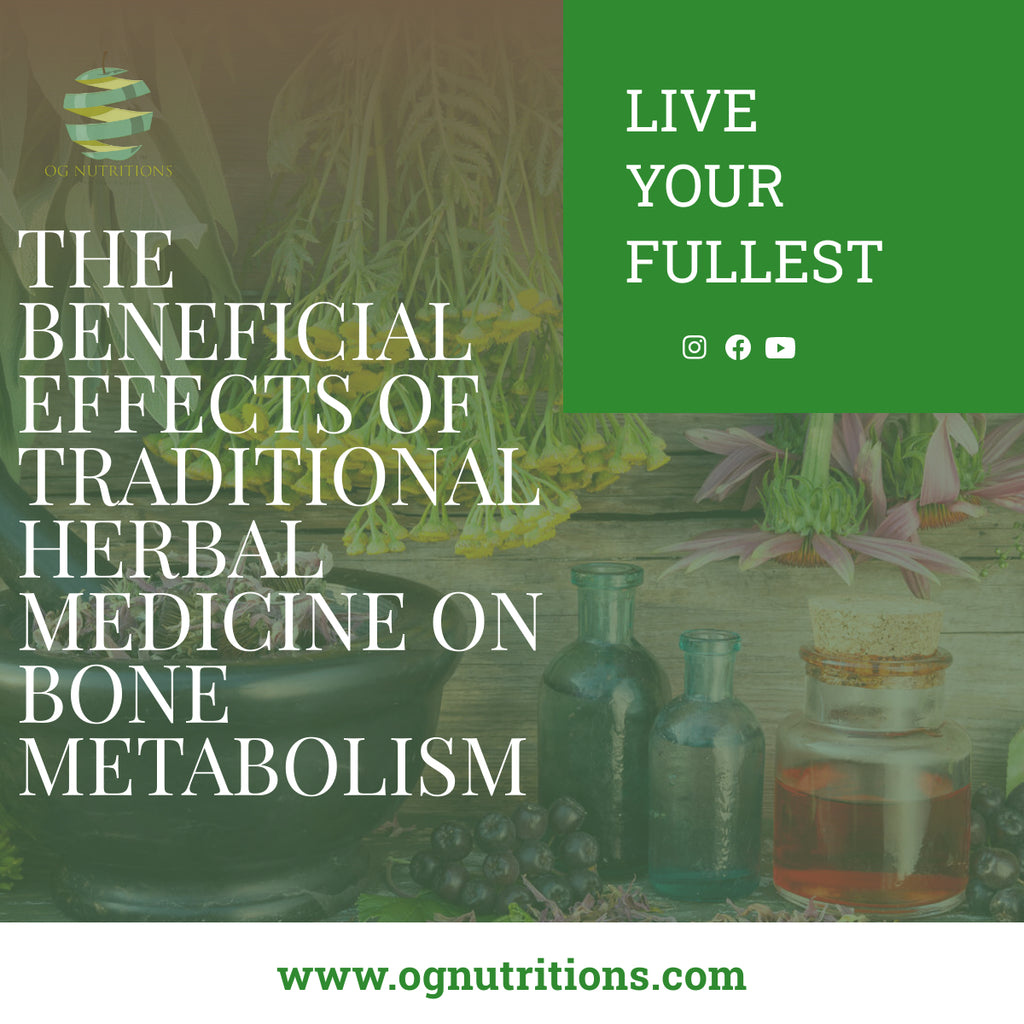
The Beneficial Effects of Traditional Herbal Medicine on Bone Metabolism
Given the rapid growth of the aging population with the increase in life expectancy, and the prevalence of bone disorders as well as the huge financial burden to the healthcare system and individuals, demand for new therapeutic agents and nutritional supplements for the management and promotion of bone health is pressing. With the advance in general interest in alternative medicine and natural products, traditional herbal medicine can serve as a viable source to offer benefits for the improvement and maintenance of bone health.
A number of issues have limited the applications of traditional herbal medicine for management of bone health, including
1) Do these herbal medicines act on similar biological targets?
2) Do they work simultaneously on multiple targets?
3) What is the active component contained in single herb or formula.
4) What are the mechanism that mediate their therapeutic actions?
Research studies that provide scientific evidence to evaluate the beneficial effects of traditional herbal medicine on bone metabolism by utilizing modern techniques and different biological (animal, tissue and cell based) models. As well as original research articles, we also welcome other types of manuscripts including Mini-Review, Review, Editorial, and Perspective. Research papers should focus on novel mechanisms involved in the action of traditional herbal medicine on bone metabolism. Moreover, experimental evidence which links traditional/local medicine and the biochemical/clinical pharmacology are preferred.
Natural products as alternative treatments for metabolic bone disorders and for maintenance of bone health
Bone metabolism involves a complex balance between the deposition of matrix and mineralization and resorption. There is now good evidence that dietary components and herbal products can influence these processes, particularly by inhibiting bone resorption, thus having beneficial effects on the skeleton. For example, it has been reported that a number of common vegetables, including onion, garlic and parsley, can inhibit bone resorption in ovariectomized rats. Essential oils derived from sage, rosemary, thyme and other herbs inhibit osteoclast activity in vitro and in vitro and leading to an increase in bone mineral density. Soya, a rich source of isoflavones, has shown promising results and epidemiological evidence to support a use in maintaining bone health, and various traditional herbal formulae in Chinese and Ayurvedic medicine also have demonstrable effects in pharmacological models of osteoporosis. Recently, cannabinoids have been described as having positive effects on osteoblast differentiation, and the presence of cannabinoid receptors in bone tissue indicates a more complex role in bone metabolism than previously thought. The first part of this review briefly discusses normal bone metabolism and disorders caused by its disruption, with particular reference to osteoporosis and current pharmacological treatments. The effects of natural products on bone and connective tissue are then discussed, to include items of diet, herbal extracts and food supplements, with evidence for their efficacy outlined.
Traditional Medicine and Use of Bone Biomarkers
Traditional medicine gathers the knowledge, skills, and practices accumulated through years and transmitted generation to generation, aiming to maintain health and to treat illnesses. Although this folk medicine includes different techniques and practices, herbal medicine remains the most used by local populations in different parts of the world. In recent years, bone diseases and disorders become a major health problem. Although conventional drugs are effective, more and more studies are interested in herbal therapies. An increasing number of studies have shown promising antiosteoporotic activities of medicinal plants. Bone markers, considered as inexpensive and noninvasive tools, are used to manage the response to the herbal treatments both in vitro and in vivo. Bone turnover markers include formation markers (osteocalcin, alkaline phosphatase, osteoprotegerin, etc.) and resorption markers (CTX, NTX, Pyridinoline, Deoxypyridinoline, etc.). Clinical studies using bone markers demonstrated a preventive effect of different medicinal plants such as Aristolochia longa L., Prunus domestica L., or Citrus unshiu Marcow. regarding bone loss in menopausal women. This chapter focuses on herbal medicine and use of bone biomarkers.


